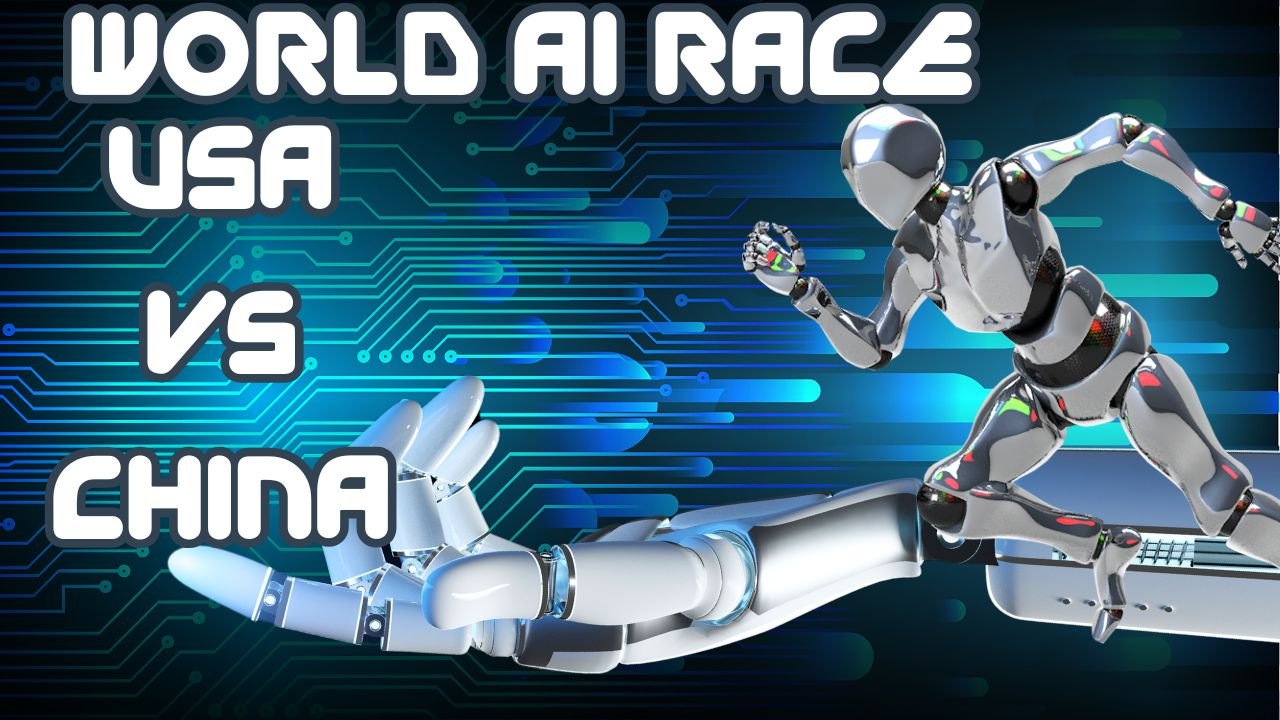India’s AI‑Driven Tech Layoffs: A Threat to Middle‑Class Aspirations
India’s tech success has long been a proud story. Millions of young engineers and graduates have entered middle-class life by landing steady IT, finance, customer service, or journalism jobs. These white-collar roles have been seen as safe, stable, and respected.
But today, artificial intelligence (AI) is changing everything. Big Indian tech firms are cutting jobs and automating roles—putting the middle-class dream at risk.
What’s Happening?
-
Tata Consultancy Services (TCS), India’s largest IT company, recently announced it will lay off 12,000 employees—about 2% of its workforce—citing skill mismatches and rising use of AI automation
-
Industry experts warn that 40–50% of all current white-collar jobs in IT and BPO sectors may vanish due to automation and evolving business models
Why Is the Middle Class Most Affected?
-
Middle-class jobs have traditionally included repetitive, rule-based tasks—like basic support, coding, testing, data entry, simple journalism, and finance admin—that AI can now perform efficiently
-
Early-career roles (entry-level jobs) are shrinking fast. Without these stepping-stone jobs, young professionals struggle to grow skills and experience.
-
Part of the worry: India’s manufacturing sector, which could absorb job losses, is not growing fast enough to compensate. It fails to generate enough jobs paying ₹3–6 lakh per year (about $4–7 k) to support displaced white-collar workers
What Industry Leaders Are Saying
-
Arindam Paul (Atomberg founder) warns that this disruption may mean “the end of the middle class and the consumption story” if half of today’s white-collar roles disappear
-
Sridhar Vembu (Zoho co-founder) says AI-driven job cuts won’t cause mass unemployment—but could bankrupt the middle class unless smart public policy supports purchasing power and demand.
-
Anupam Mittal (founder of Shaadi.com, judge on Shark Tank India) cautions against pushing AI without first ensuring job creation and worker skills evolve accordingly.
What This Means for India and Its People
-
The middle class is the engine of India’s consumer economy. Higher incomes led to growth in housing, cars, travel, education, and retail markets. Losing these jobs threatens the domestic demand that fuels that growth.
-
Graduates in 2025 are entering an economy where entry-level jobs are disappearing—that creates unemployment or underemployment, and erodes confidence in education-to-job promises.
-
TCS layoffs underscore a major shift: past mass-hiring models are fading. Employers now seek highly skilled specialists rather than large junior teams.
What Can Be Done?
For Individuals:
-
Learn new skills like AI tools, machine learning, data analysis, or design thinking.
-
Be flexible—look for “human-only” roles (e.g. caregiving, creativity, strategic planning) and prepare for life‑long learning
For Institutions:
-
Schools and universities need to embed AI in their curriculum across all subjects—not just engineering—to nurture adaptable graduates.
For Policy‑makers:
-
Support reskilling programs and encourage firms to retrain existing staff rather than lay off.
- Build up manufacturing and industrial sectors to offer jobs outside IT and BPO—a real alternative for many.
In Summary
India’s middle-class dream grew around stable white‑collar jobs in tech and services. Now, AI is disrupting that model, removing jobs and reshaping expectations. This shift threatens not just careers—but India’s broader economic growth story.
But there is hope. With active reskilling, new policy models, and a pivot toward innovation and entrepreneurship, India’s workforce can adapt—and thrive in the AI era.
This isn’t just about technology—it’s about people. To keep the middle-class dream alive, India needs smart action across education, business, and governance.














